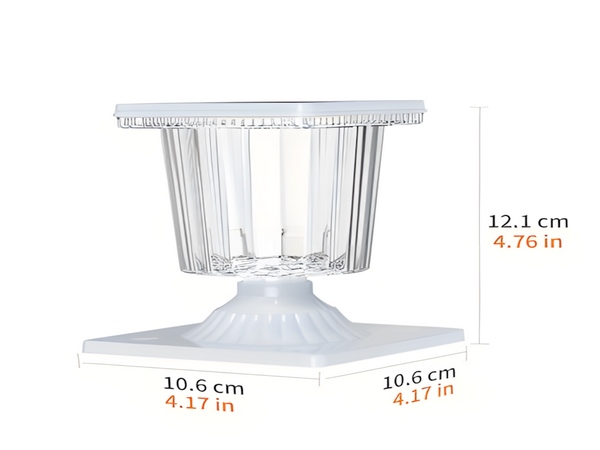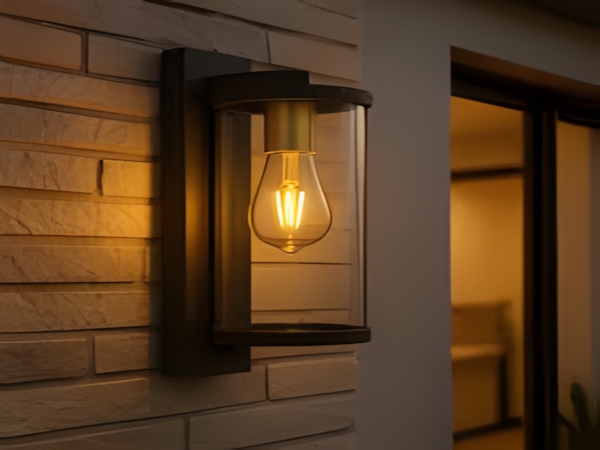
Solar street lights are commonplace in our daily lives, and their proper functioning relies on controllers. Solar street light controllers are applied in solar lithium battery systems and are responsible for coordinating the functions of solar panels, lithium batteries (gel batteries), and LED light sources. They are one of the key components of solar street light systems, providing efficient and safe operation for the entire solar street lighting system. What types of modes do solar street light controllers have? Next, let us introduce them.
What types of modes do solar street light controllers have?
1. Manual Mode

Manual mode allows users to make adjustments based on their own requirements. Users can control the settings using the buttons at hand, whether it is daytime or nighttime, the load switch can be adjusted.
2. Debug Mode
The debug mode of solar street lights employs the system itself for automatic debugging. It is mainly used during the installation and inspection of the system. When there is light, the load is turned off; when there is no light, the load is activated, which facilitates checking the correctness of the system installation.
3. Pure Light Control
The pure light control mode of the solar street light controller adjusts based on light levels. When there is no sunlight, the light intensity drops to the starting point, and the street lights automatically turn on. Upon receiving the signal, the solar street light controller activates, and the load starts working. When light is present, the light intensity rises to the starting point, the controller receives the signal, shuts off the output, and the load stops working.

4. Light Control + Time Control Mode
This is a common mode, which is the light control + time control mode of the solar street light controller. The principle during startup is the same as that of pure light control. However, when shutting off, the load automatically turns off after working for a set time, which can be configured as needed, typically ranging from 1 to 12 hours.
The above information about the modes of solar street light controllers concludes here. In summary, it is advisable to choose controllers with two independent control paths for solar street lights, which facilitates power adjustment for the entire lamp. During periods of sparse pedestrian traffic at night, one or both lighting paths can be automatically turned off to save electricity, along with the ability to adjust the power of LED lights. In addition to selecting energy-saving features, when setting the undervoltage protection value for the controller, try to set it at ≥10.5V to prevent over-discharge of lithium batteries.



